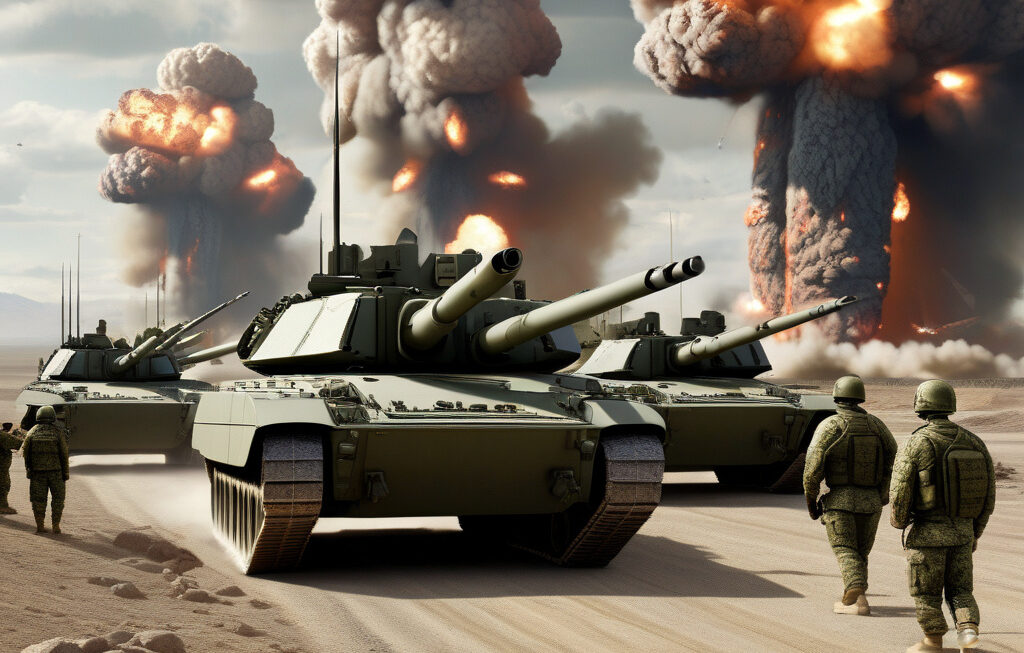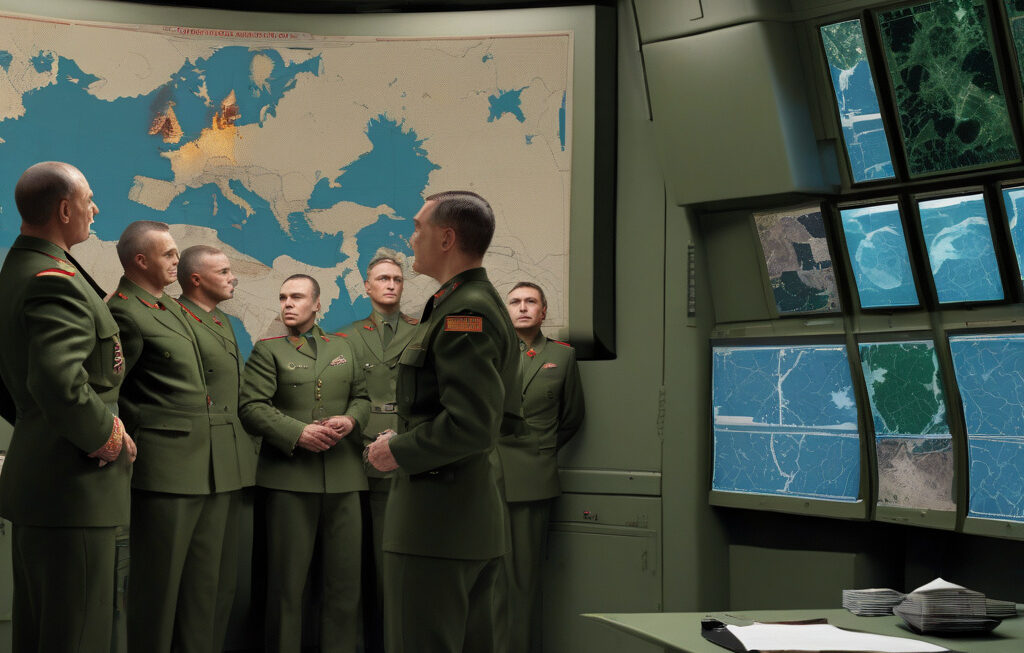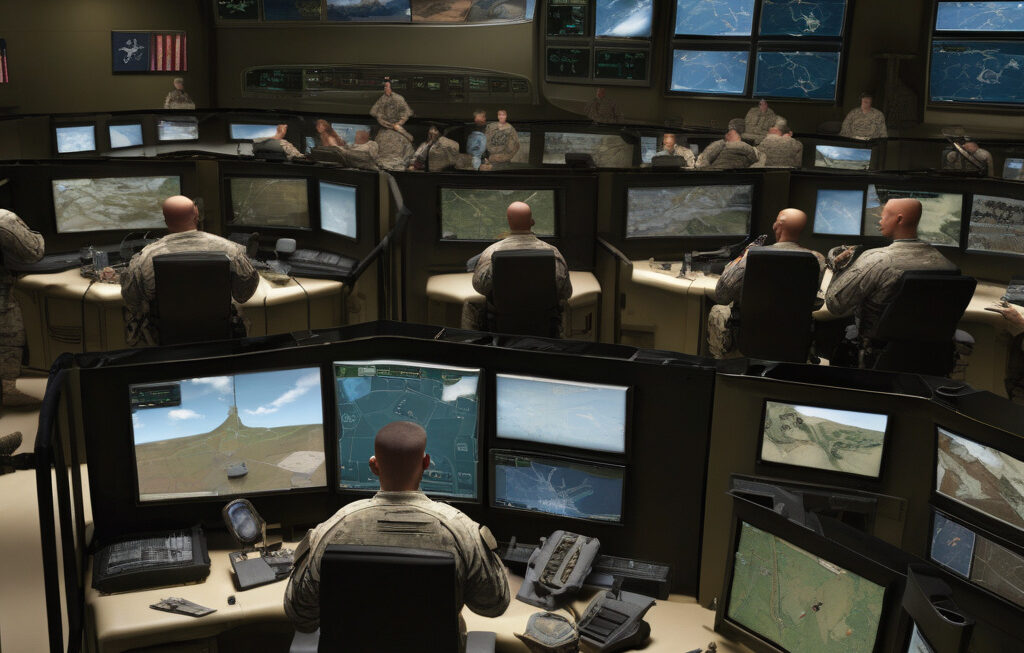US Nuclear Spending Set to Hit $946 Billion by 2034, Marking Historic Jump
The cost of maintaining and upgrading America’s nuclear arsenal continues to skyrocket. A new report reveals that the United States is projected to spend a staggering $946 billion on its nuclear weapons program by the year 2034. This unprecedented figure marks a historic jump in nuclear spending and raises important questions about priorities in national security funding.
The report highlights the significant financial commitment the US government is making to modernize its nuclear capabilities. With tensions rising on the global stage and the threat of nuclear warfare ever-present, the need to ensure a strong and reliable deterrent is clear. However, the astronomical cost of these efforts raises concerns about the allocation of resources and the long-term implications for the country’s budget.
Proponents of increased nuclear spending argue that modernization is essential to maintain a credible deterrent against potential adversaries. They point to the aging infrastructure of the current arsenal and the need to stay ahead of technological advancements in other countries. Additionally, they emphasize the importance of ensuring the safety and reliability of the nuclear stockpile to prevent any catastrophic failures.
Critics, on the other hand, question the prioritization of nuclear weapons in today’s security landscape. They argue that the massive investment in these weapons diverts funding away from other pressing national security challenges, such as cybersecurity, counterterrorism, and climate change. Moreover, they express concerns about the potential for a new arms race and the destabilizing effects of heightened nuclear tensions.
The $946 billion price tag for US nuclear spending by 2034 includes costs associated with the development of new delivery systems, the refurbishment of existing warheads, and the modernization of production facilities. These investments aim to ensure that America’s nuclear deterrent remains effective and credible for decades to come. However, the sheer magnitude of this spending raises questions about sustainability and the opportunity costs involved.
As the debate over US nuclear spending continues, it is essential to consider the broader implications of these investments. Beyond the immediate security concerns, the allocation of such vast sums of money has ripple effects across the economy and society as a whole. Understanding the trade-offs involved in prioritizing nuclear weapons is crucial for making informed decisions about national security policy.
In conclusion, the projected $946 billion in US nuclear spending by 2034 represents a significant milestone in the country’s commitment to maintaining a robust nuclear deterrent. However, this historic jump in costs also underscores the need for careful consideration of the broader implications of such investments. Balancing the requirements of national security with other pressing challenges will be essential in navigating the complex landscape of 21st-century threats.
nuclear, spending, US, national security, modernization












